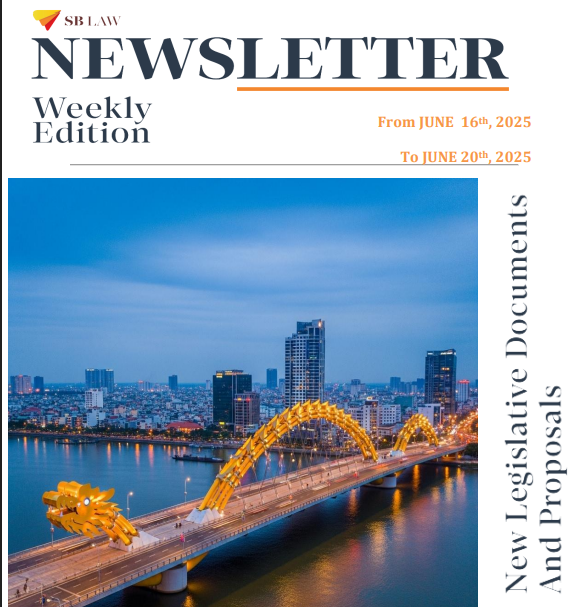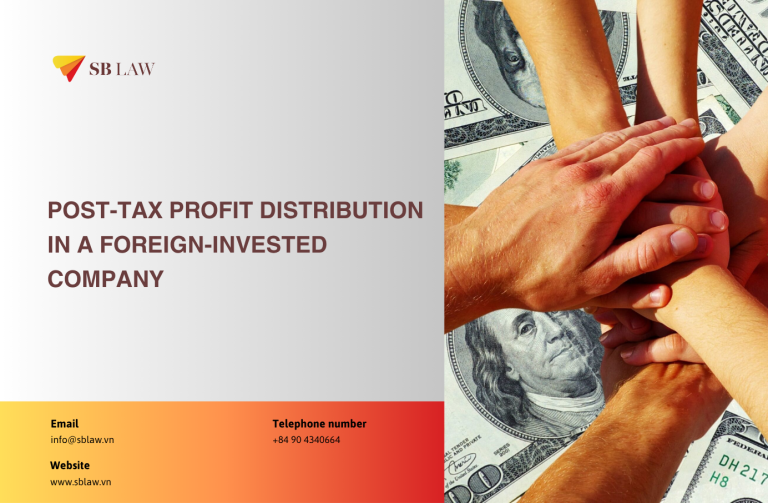With slowing economic growth and rising labor costs encroaching on the profitability of traditional Chinese manufacturing operations, Vietnam has a emerged as a destination of choice for its low costs, receptive governance, and increasing integration with key trading partners. Conjoined, these factors have and will continue to grow Vietnam as a hotbed of manufacturing and position the communist nation as an ideal location for China-plus one oriented production.
In light of recent Free Trade Agreements, notably the Trans-Pacific Partnership and FTA with European Union, Vietnam is well positioned to allow investors to utilize its cheap workforce and close proximity to existing Asian based supply chains.
In recent years, Vietnamese growth has reached record heights, recording a 7.01 percent rate of growth in the fourth quarter of 2015 from a year earlier, according to data released by the General Statistics Office. Driving these gains has been a strong uptake in Foreign Direct Investment (FDI), which surged to a record of US$ 14.5 billion in 2015. According to Nguyen Tan Dung, Prime Minister of Vietnam, these “figures indicate that Vietnam has become a destination of choice for foreign investors”.
Among a number of rising sectors in Vietnam, manufacturing distinguishes itself with the largest share of the total investment received. In 2014, FDI projects licensed represented US$ 15.5 billion out of a total amount of US$ 22 billion, that is to say 70.72 percent of new FDI.
This success is sustained by low labor costs and a growing consumer market. The labor force (over 15 years old) amounts to more than 53 million people and remains cheap. In 2015, the average monthly wage in the manufacturing sector was around US$ 190, much lower than Malaysia or China (around US$ 650) and lower than its neighbors Thailand, the Philippines, and Indonesia.
Furthermore, Vietnam benefits from a favorable political environment. The communist government has eased restrictions on foreign investment and is slowly opening its borders. Through incentives, the state has established priority sectors such as manufacturing of high-tech products, research and development, knowledge-based services, processing and manufacturing, and infrastructure projects. It has also created priority geographical regions, with difficult social and economic conditions, and more than 299 industrial zones (IZs) and export processing zones (EPZs) as of July 2015.
Thanks to these competitive advantages, Vietnam has been considered as a reliable substitute to China. Nevertheless, some manufacturing sectors are more vigorous than others.
Thanks to its central location in Asia and proximity to regional shipping routes, many manufacturers entering Vietnam are export focused. Foreign investors can benefit from many incentives and under many circumstances can be exempt from import duties on goods brought into the country for their own use if they cannot be procured locally. This includes all equipment, machinery, components, and spare parts for machinery and equipment, raw materials, inputs for manufacturing, and construction materials. It should be noted that most export duties are also exempt.
However, the country is still seen as highly corrupt, ranking 112th out of 177 countries by the Transparency International Corruption Perceptions Index in 2015. Furthermore, the legal environment remains complex, with a slow and bureaucratic government, restrictive labor policies, and land use limitations. Nevertheless, Vietnam keeps on restructuring its decision-making process and introducing more laws favorable to FDI. For instance, it has recently opened its real estate market to foreigners, as well as ironed out some caps in public companies, allowing foreign investors to invest in its promising industries.
Source: https://dautunuocngoai.gov.vn/news/89/Manufacturing/en




